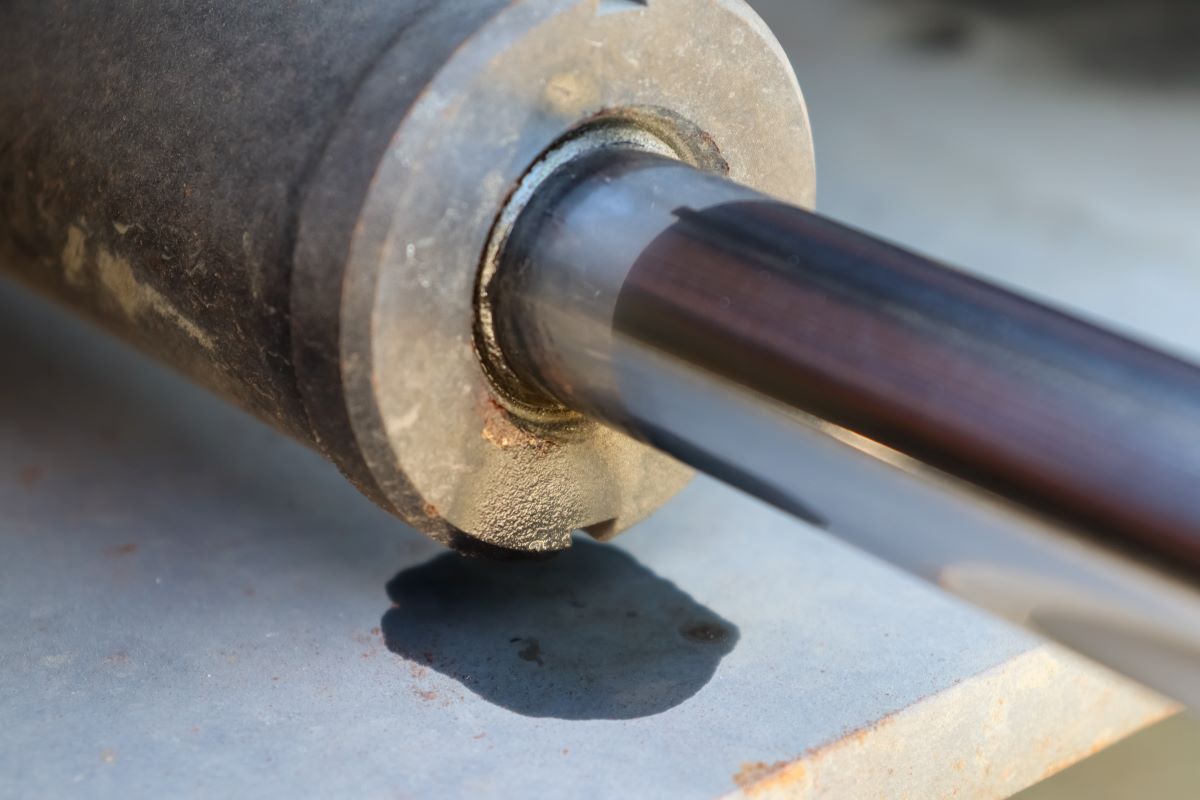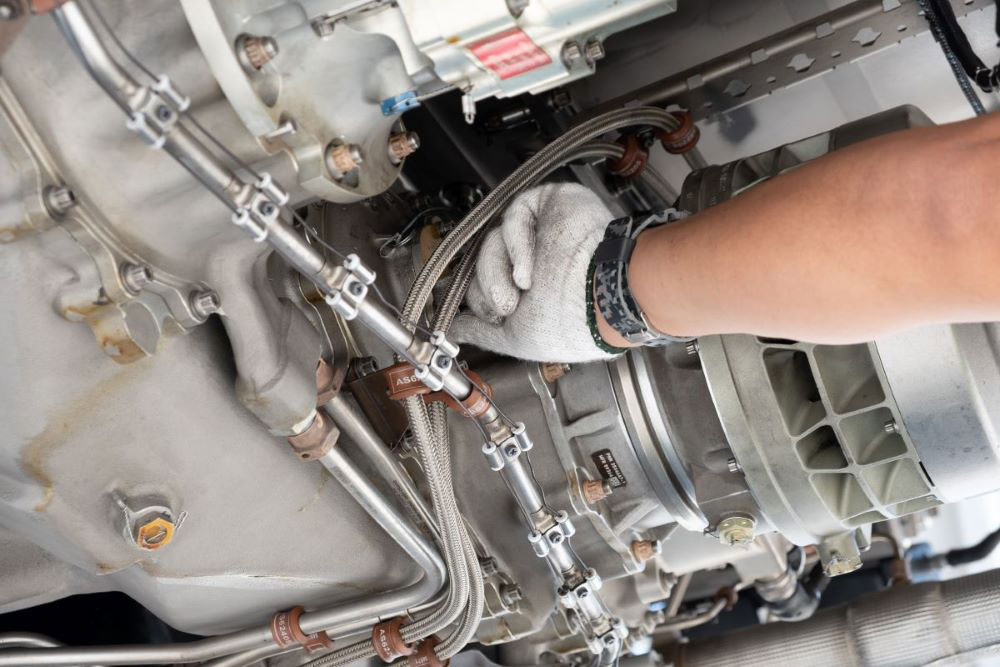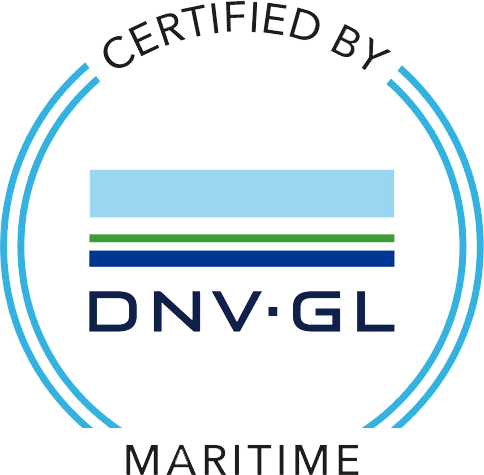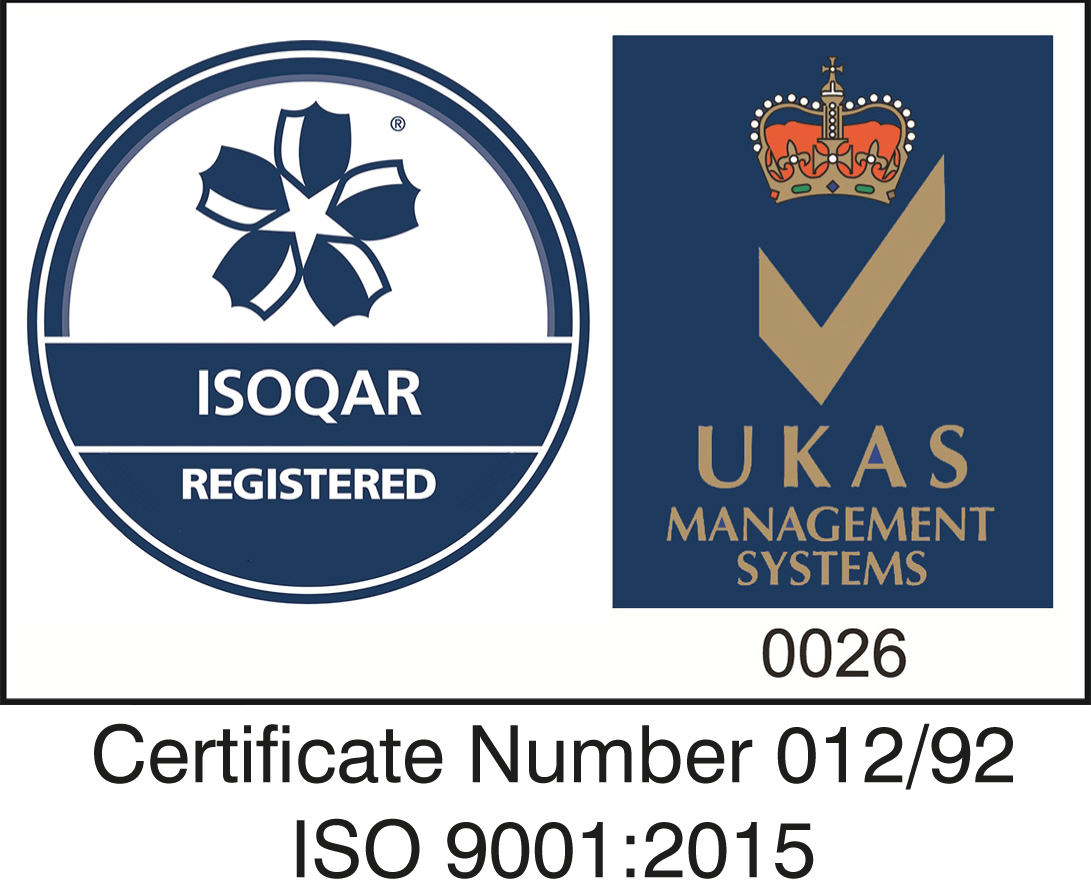Understanding hydraulic health and safety
Hydraulic systems are used across a range of industries due to their high power output and ability to lift and move heavy loads. However, with this tremendous power generation comes serious health and safety risks when the correct precautions aren’t in place.
Injuries are fairly common for those working with hydraulics, particularly when it comes to performing maintenance tasks. Hydraulic equipment is subject to extreme temperatures and intense operating pressures, so understanding the correct safety procedures to follow is a must for all businesses and their employees.
The purpose of this article is to raise awareness of the potential dangers that hydraulic equipment may pose, and educate on the key safety measures which can help to prevent these risks.
Dangers of hydraulic equipment
Machines that use hydraulics can pose a number of hazards to operators and those in the vicinity, some of which may be fatal. The reasons behind this can include everything from user error to equipment failures and quite simply, a lack of understanding of the operating properties of the equipment you’re working with.
Here are some of the main hydraulic dangers to be aware of:
High temperatures
Hydraulic systems operate at incredibly high temperatures, often between 40 to 100°C with capabilities reaching a maximum of 135°C. To put this in perspective, human skin tissue can scald from 48°C and above.
Whilst many machines are integrated with oil cooling systems, hydraulic fluid is incredibly hot and can result in 1st, 2nd or 3rd degree burns if it comes into contact with skin. These hot fluids can easily be released if a hydraulic line was to burst, which is why it’s crucial that workers wear the correct protective gear.
Pinhole leaks
One of the most common injuries associated with hydraulic systems is caused by pinhole leaks in hoses, which can lead to the injection of hydraulic fluid.
It’s a common scenario when a worker may spot a damp or oily patch near a hydraulic line, and runs a finger across it to investigate. This may seem like the wisest thing to do, as pinhole leaks are minuscule and almost impossible to spot with the naked eye. However, the fluid erupting from the pinhole leak has a similar trajectory to that of a syringe, which can result in injection straight into the finger.
The impacts of this aren’t immediately obvious, which makes it a huge cause for concern. The person may only feel a slight sting and turn a blind eye, as it isn’t until many hours later when severe pain and throbbing sets in. By this time, the likelihood of losing a finger or even an entire arm is multiplied and it’s often too late.

Ignition
As previously mentioned, it’s difficult to identify the location of pinhole leaks in a hydraulic system. Along with this, a failure on the hose line can emit a cloud of mist which reduces visibility even further.
The problem occurs when any droplets of hydraulic fluid in this mist come into contact with any nearby heat sources. This contact can lead to the immediate ignition of fire which can be catastrophic.
Improper component couplings
User error can contribute to a high number of safety risks when operating hydraulic machinery, including the improper coupling of high-pressure and low-pressure components. Connecting a low-pressure component to a high-pressure system can lead to pressure buildups and rupture of a hydraulic hose or fittings.
To avoid this, it’s always advisable to seek the help of a qualified hydraulic engineer when looking to replace any components.
Hydraulic safety measures
When operating machines that use hydraulics, following proper health and safety protocol is key to avoiding accidents and mitigating risks to employees.
Whilst it may not always be possible to prevent danger in every situation, there are certain preventative measures that can be taken to reduce the chances
1. Safety training and PPE
It goes without saying that all employees should be trained to correctly use hydraulic equipment. The same applies when operating any machinery, but the dangers associated with such powerful hydraulics make this absolutely critical.
Along with this, all personnel must be equipped with the appropriate PPE including safety helmets, eye protection, gloves and a suitable uniform. This can go a long way to protect workers in the event of any hydraulic leaks.
2. Only use the equipment for its intended use
Hydraulic equipment should only ever be used in the manner it was designed to, and should never be used outside of its intended parameters i.e. lifting heavier loads beyond its capabilities.
Placing unnecessary strain on equipment or components can lead to wear or system failure which can result in potential injuries to the operator when something goes wrong.

3. Conduct regular preventative maintenance
If you’re operating hydraulic machinery, it’s imperative that you take care of it. Conducting regular and thorough maintenance is a crucial part of taking preventative measures and ensuring that all equipment is operating as it should.
Scheduling frequent inspections of the system and each component within it is the most effective way to reduce the risk of wear and tear, and prevent failures or leaks which can cause huge safety hazards.
Here’s a brief outline of the hydraulic maintenance steps to follow:
- Deactivate all equipment and let it cool down before maintenance is carried out to prevent burns from the extremely hot hydraulic fluid.
- Examine all components for wear and tear, and thoroughly check all connections are secure.
- Carefully clean up any hydraulic fluid spills to avoid hazardous situations, being sure to avoid contact with the skin.
Many hydraulic injuries occur when untrained personnel attempt to perform maintenance or servicing on equipment. If you don’t feel that you or your team are capable of performing the required tasks in a safe manner, leave it to the experts.
Derek Lane & Co offer specialist hydraulic repair and maintenance services, backed up by a team of experienced and highly qualified engineers. We’re based in Devon, UK and can provide on-site engineering services and regular maintenance services to businesses in the surrounding areas of Cornwall and Somerset, or UK-wide.
If you’re looking for a reputable hydraulic engineering expert, get in touch with us.










